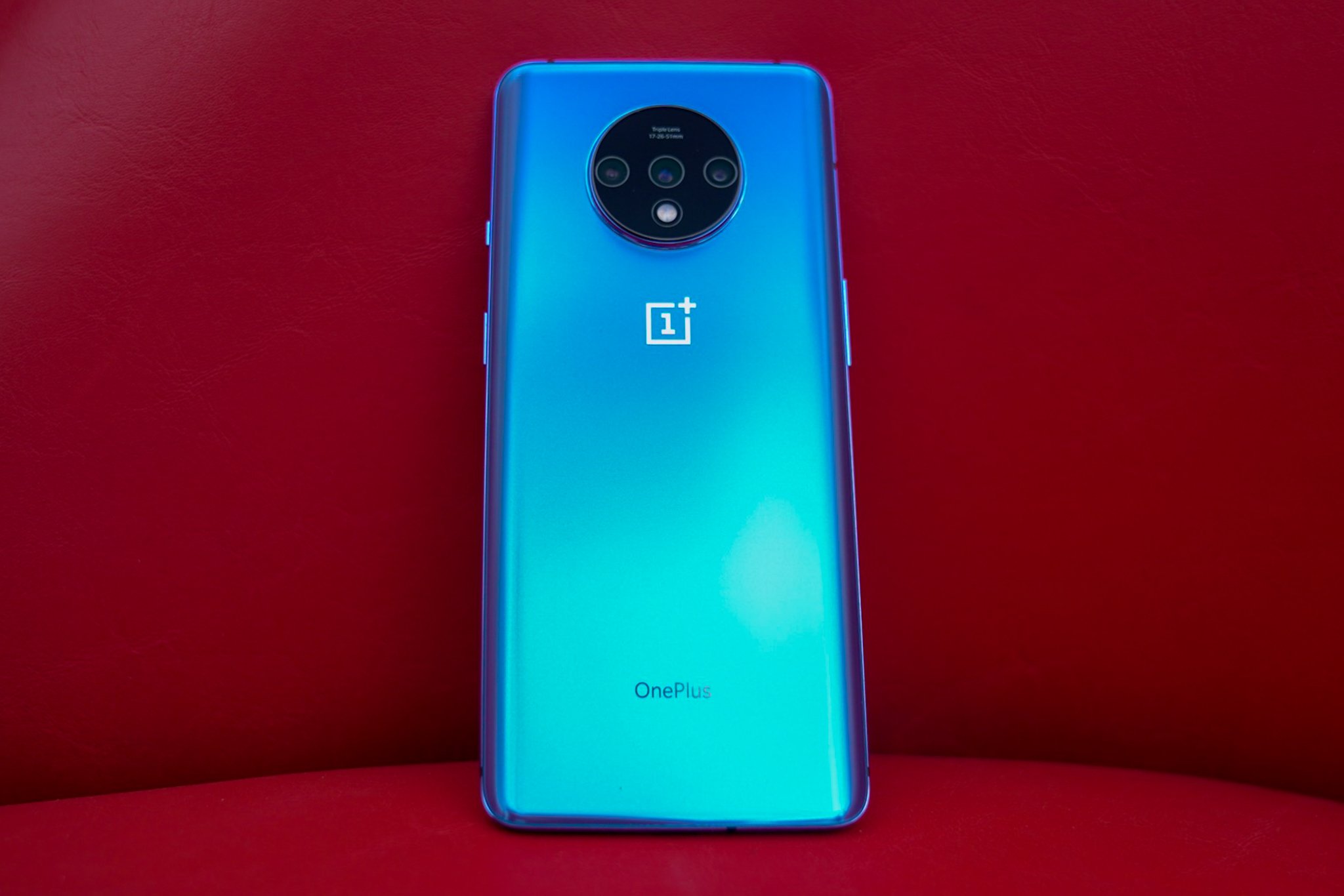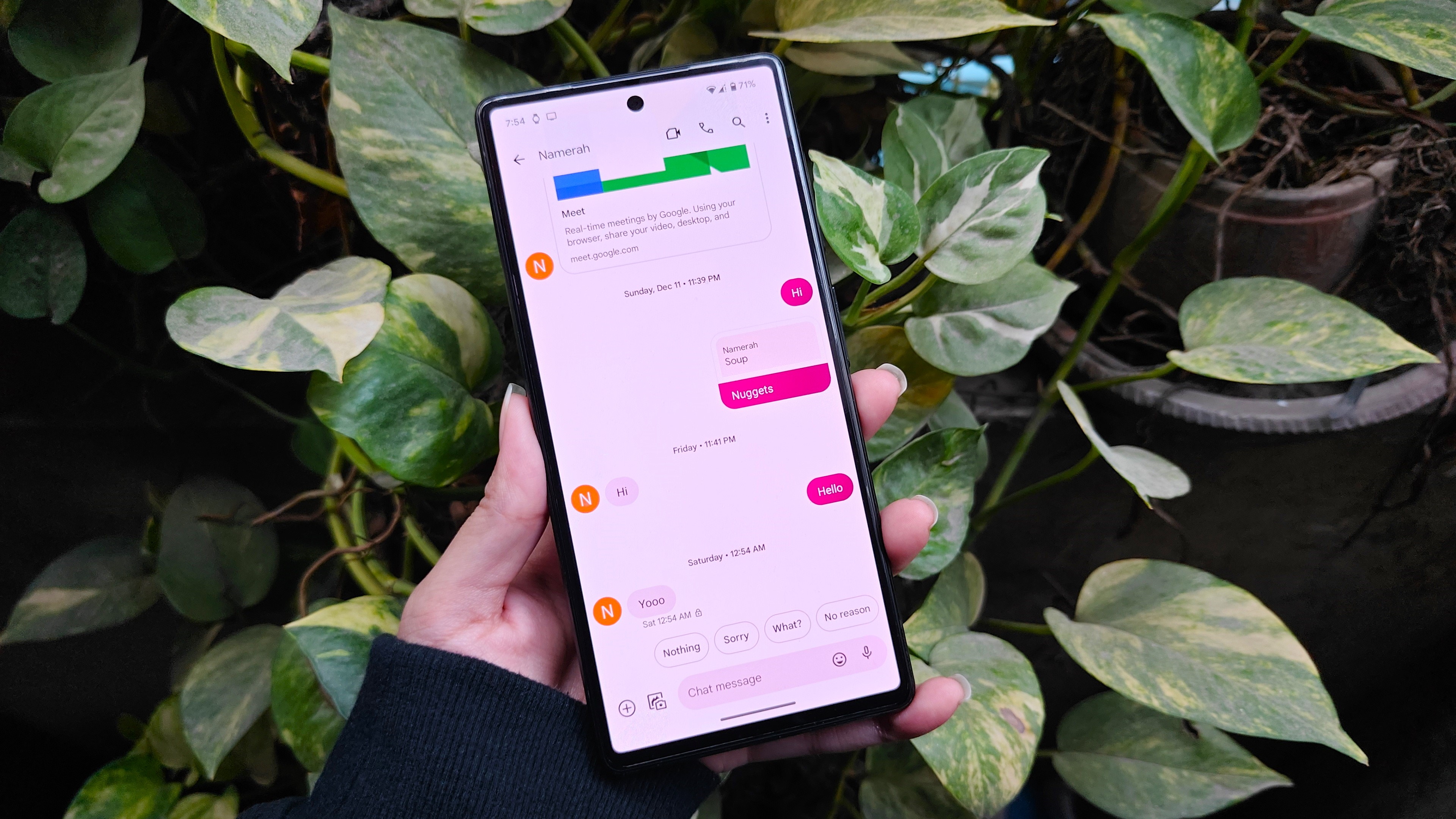Android Central Verdict
Bottom line:The OnePlus 7T continues the company's legacy of releasing affordable, high-end Android smartphones. This one has all of the good aspects of the 7 Pro but forgoes the curved-glass, bezel-less display for something more traditional, and more usable. Superlative software, a versatile camera system, and excellent performance make for one of the best phones of the year so far.
Pros
- +
Well-designed, with premium materials
- +
Excellent battery life
- +
Consistent and versatile cameras
- +
OxygenOS 10 is awesome
- +
Price is right
Cons
- -
Lacks official IP rating
- -
No wireless charging
- -
Loses the OIS in telephoto from the OnePlus 7 Pro
Why you can trust Android Central
Let's get right to the point: the OnePlus 7T is the best $600 phone you can buy in the U.S. It's got the chops to compete with devices nearly twice its price and, like its larger and more expensive OnePlus 7 Pro counterpart, makes cuts in areas that are largely understandable.
What may be confusing for some people is where the 7T fits into the company's growing phone lineup: it's replacing the OnePlus 6T in the U.S., where the OnePlus 7 never went on sale; and in countries where the OnePlus 7 is currently available, it'll replace that one, too.
In other words, the 7T is the phone that OnePlus should have (and probably wanted to) released in May. But it's here now, ready to compete with the $699 iPhone 11, the now-$699 Galaxy S10e, and whatever price Google decides to make the Pixel 4 in October.
Thankfully, there are few caveats for the price you're paying here. This is the OnePlus 7T review.
OnePlus 7T Design & Performance
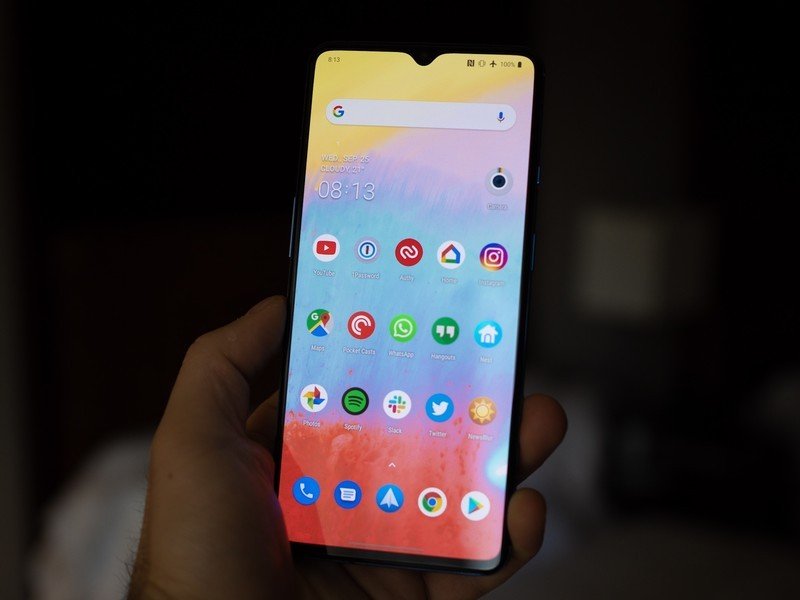
| Category | OnePlus 7T |
|---|---|
| Operating System | Android 10OxygenOS 10 |
| Display | 6.55-inch2400x1080 (402 ppi)20:9 — 90Hz |
| Processor | Qualcomm Snapdragon 855+Octa-core7nmUp to 2.96GHz |
| RAM | 8GB |
| Storage | 128GB |
| Cameras | 48MP main sensor, 12MP telephoto, 16MP ultra-wide |
| Battery | 3800 mAhWarp Charge 30T30W fast charging |
| Dimensions | 160.1 x 74.5 x 8.1 mm |
| Weight | 190 grams |
| Colors | Frosted SilverGlacier Blue |
When thinking about whether to consider the OnePlus 7T over another Android phone, ask yourself: what do you need from your phone? Do you need water resistance or wireless charging? If so, look elsewhere.
If neither of those features is paramount, the 7T should be in your running. Simple as that. There's very little here to criticize, and here in North America where the OnePlus 7 (which was really a OnePlus 6TT) never went on sale, this is the true successor to last September's big release.
The phone is almost as tall as the OnePlus 7 Pro, owning to a 20:9 aspect ratio that keeps the Fluid AMOLED screen tall and narrow and, mercifully, much easier to hold and use in one hand. On paper, the differences are only a few millimeters and grams, but in daily use, the effect is significant.
Some of the improved usability is also owed to flat glass over the 1080p display, a tenet I far prefer over the visually arresting but otherwise unhelpful curved glass of the 7 Pro. But you still get an all-metal chassis — beautifully outfitted with a chromatic blue hue highlighted in a soft matte finish. I usually wear my OnePlus phones in cases, but I had to use this one naked — and so far, no drops.
The 7T continues the tradition of the teardrop notch that debuted with last year's OnePlus 6T, a much more practical but less visually arresting design next to the 7 Pro's slide-up camera and the lack of screen bezel that accompanies it. I'm happy with that decision, too: the teardrop is inoffensive in its symmetry and means I don't have to wait a second for the motor to kick in every time I want to take a selfie. Less party trick, more pragmatism.
Like all OnePlus phones before this one, there's a mute slider to switch between silent, vibrate, and "arrest this person right now" loud, which is convenient. Like the 7 Pro, the stereo speakers carry significant volume but are restrained by the tiny resonance chambers, leading to thin output with no bass. I'd rank the speakers in the middle of the pack; nowhere near as good as Razer's bombastic front-facers or LG's bass-heavy boom boxers, but they get the job across. A lack of a headphone jack also means reaching for that pair of Bluetooth headphones (and OnePlus makes a pretty damn good pair of those, too, now in olive green.
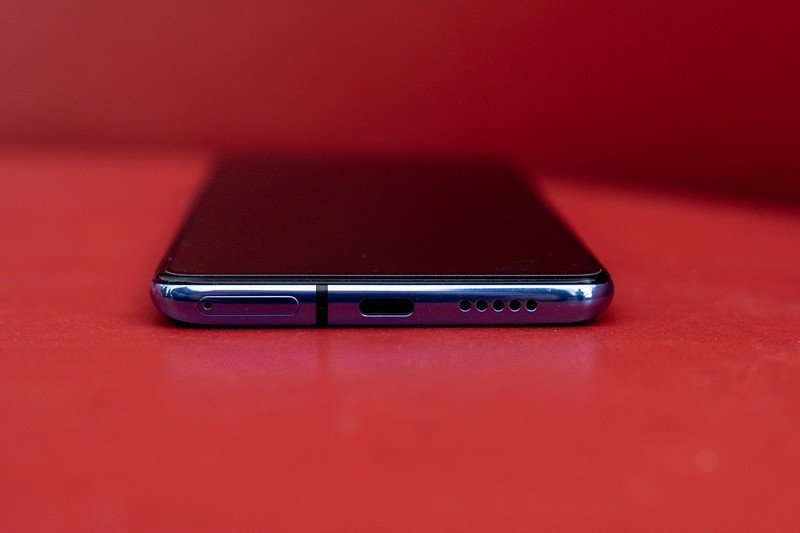
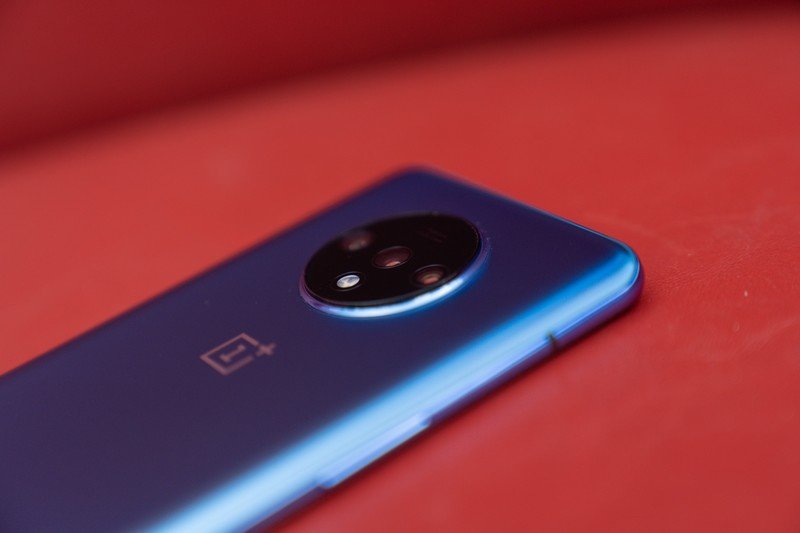
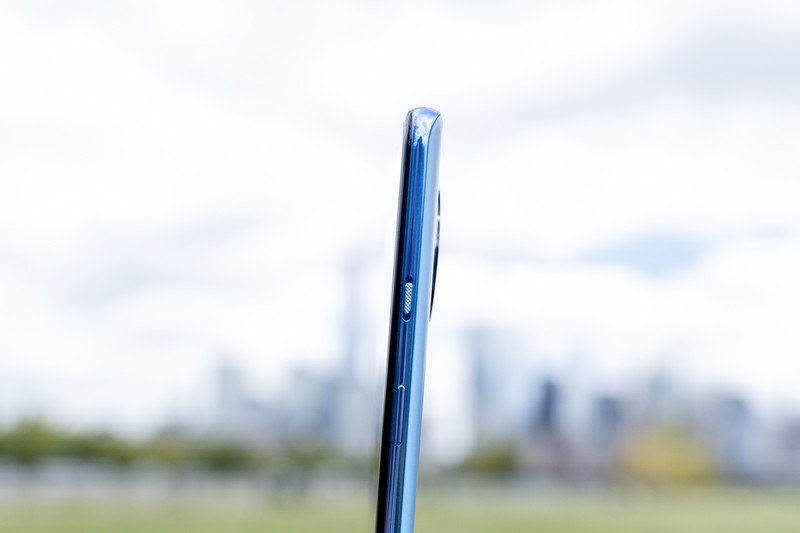
OnePlus says its goal was to bring as many of the 7 Pro's features to the 7T as possible, so you'll find an AMOLED display and a 90Hz variable refresh rate, a feature that, once you use it, you never want to go back to a phone with a traditional 60Hz panel. The new panel is a double-edged sword, though: it's got fantastic and accurate colors, but I could barely make out what's on the screen outside, despite OnePlus claiming it can hit 1,000 nits while on Auto mode.
Using the 7T is a joy. It's among the first phones released in North America with Qualcomm's new gaming-focused Snapdragon 855+ SoC, which pushes speeds 15% faster than the SD855 most flagship phones have sported since the Galaxy S10 debuted in February. In reality, I noticed no discernible performance difference between the 7T and its "slower" 7 Pro counterpart (there's a rumored 7T Pro launching later in October with a Snapdragon 855+ upgrade among other minor improvements) but it's reassuring to know that the phone has additional headroom to maneuver around graphically-intense games or onerous video editing projects if need be.
OnePlus also brought the same high-quality vibration motor that debuted in the 7 Pro, along with the excellent optical in-display fingerprint sensor — two small additions that have an outsized influence on the experience.
Despite "only" offering the OnePlus 7T with 8GB of RAM, this is among the fastest phones I've ever used.
OnePlus is defying its own flexibility a little bit this time around by only releasing one RAM and storage variant of the 7T — 8GB of DDR4 RAM and 128GB of UFS 3.0 memory. That means you get more RAM and the same storage for $599 over the equivalent 7 Pro, which comes with 6/128GB for $669. But the OnePlus 6T cost $549 when it debuted last November, so despite staying under that important $600 price point, the 7T is still more expensive than its predecessors.
OnePlus 7T Cameras
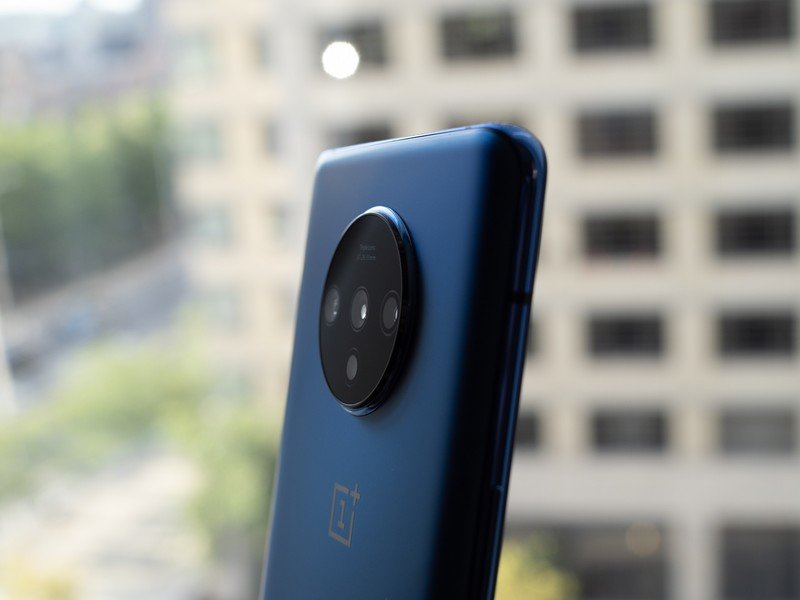
Let's cut to the chase: you are likely here to find out whether the OnePlus 7T has a good enough camera experience to justify the cost. And I'll tell you that there's a lot to be happy about here, but a couple of reasons to hold off, too.
First, this is a very similar setup to the OnePlus 7 Pro, though the module is circular with a horizontal loadout of lenses, a layout much more striking and imposing than the vertical strip on the 7 Pro. The star of the show is still the Sony IMX586, a relatively large mobile sensor packing 48 megapixels that uses some light combination tricks to create high-quality 12MP captures.
It's the sensor found in most "affordable flagships" this year from the ASUS ZenFone 6 to the Honor 20 series to the OPPO Reno 2 and the aforementioned OnePlus 7 Pro. It's a good part — putting out clean photos with extremely versatility, since its interpolation feature can be disabled in well-lit environments to eke as much detail as possible out of all 48 megapixels.


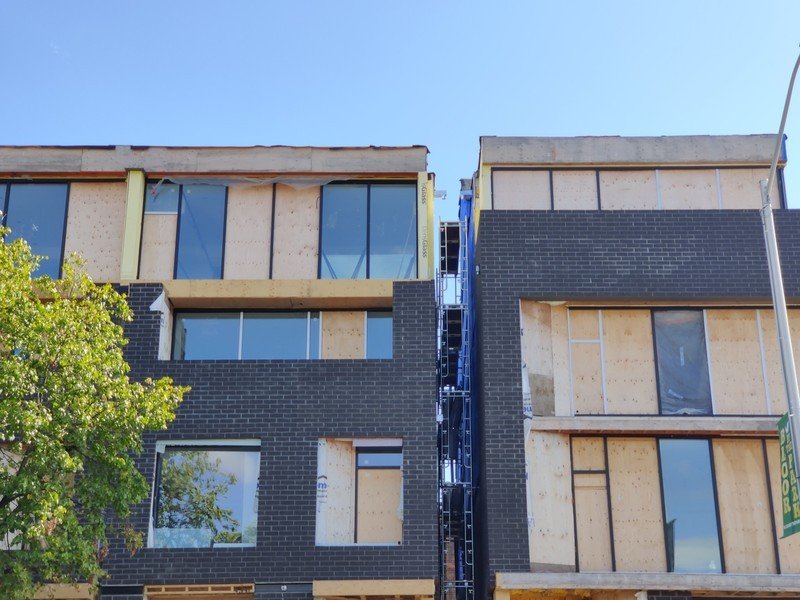

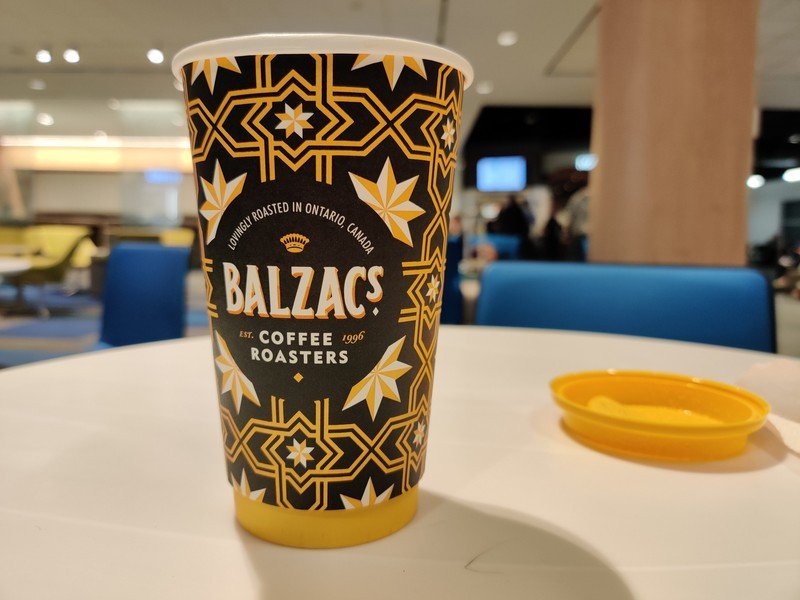
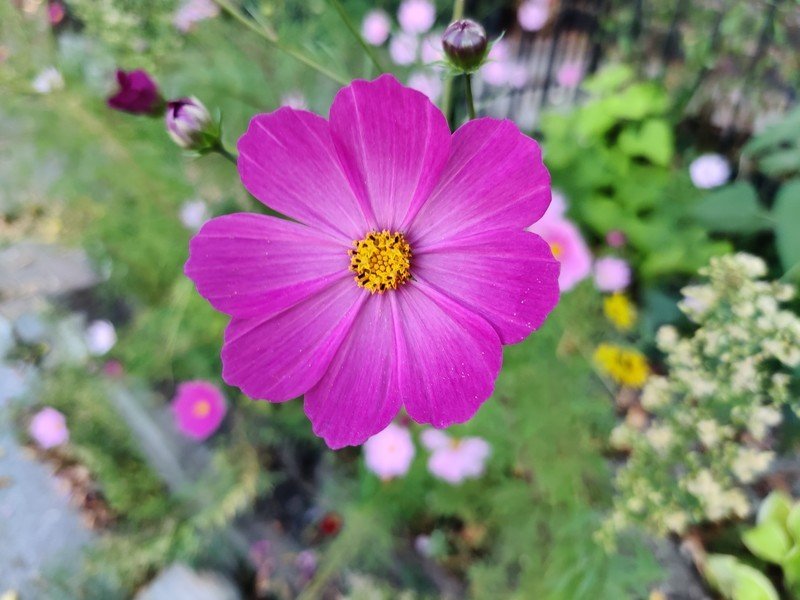
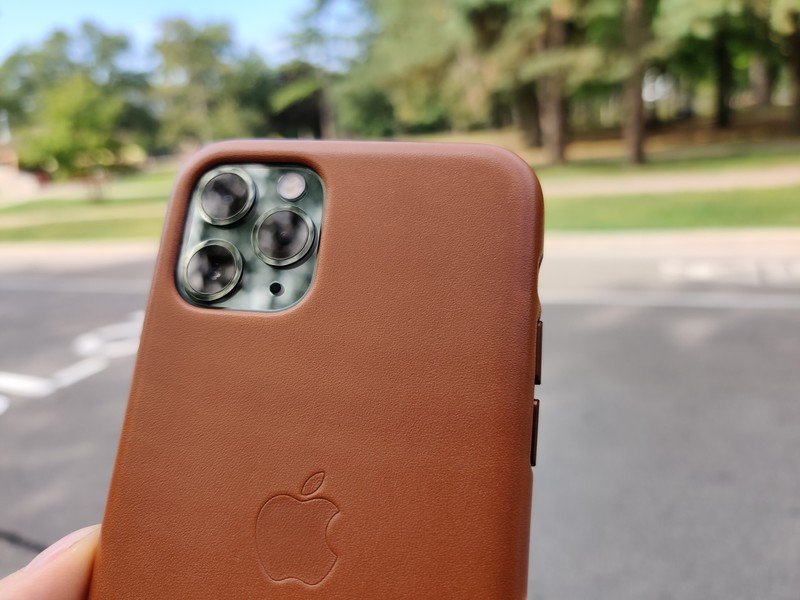

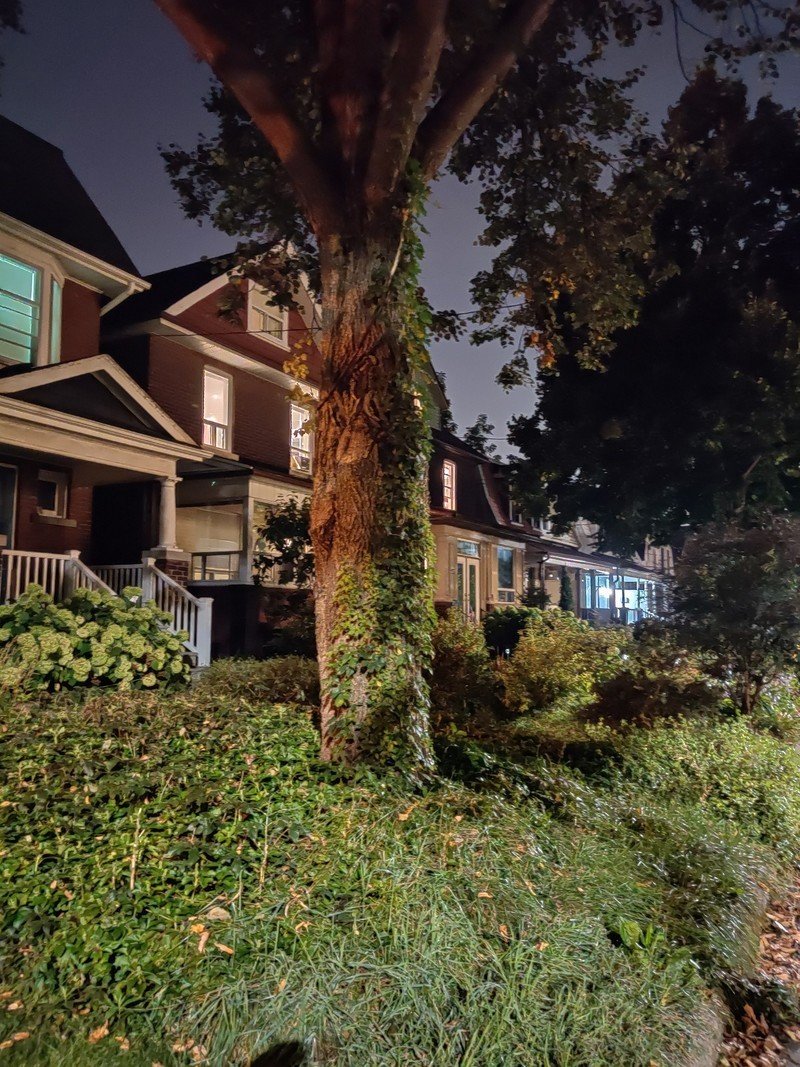


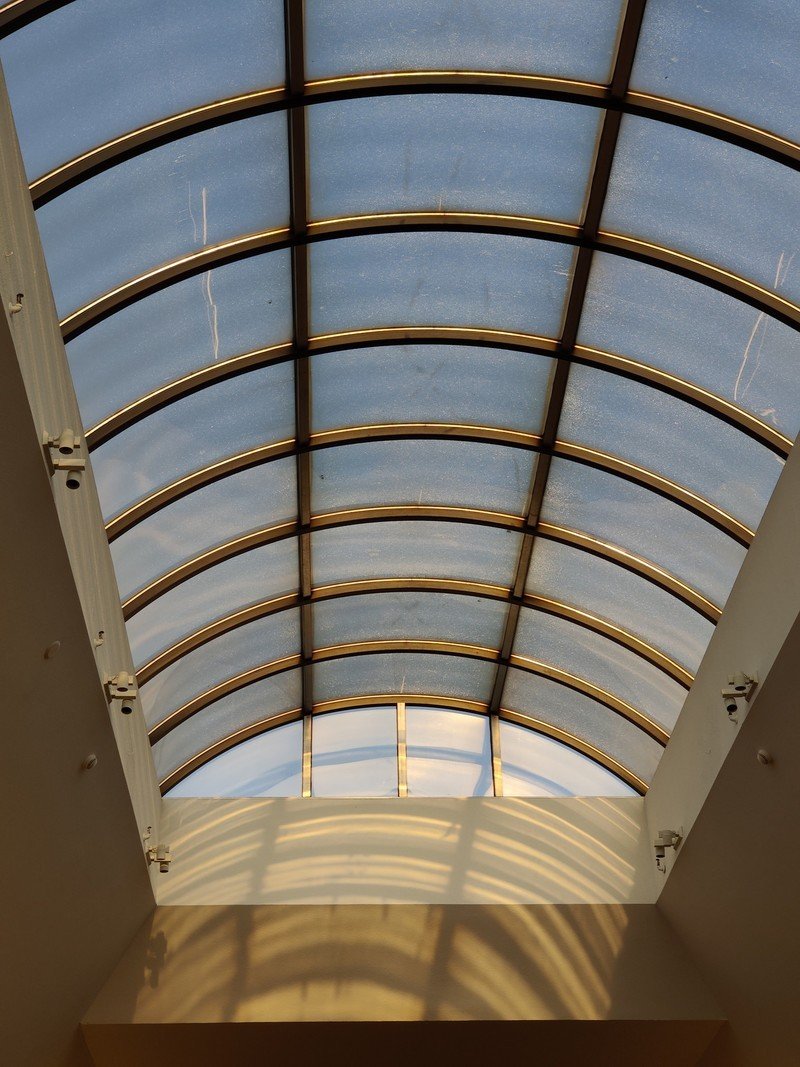


OnePlus is still using the combination of optical and electronic stabilization on the main sensor, and for the most part it works really well in poorly-lit environments, allowing the shutter to stay open for relatively long periods without significant blur. OnePlus has also done tremendous work on its color science, producing photos that don't exaggerate hues or flatten detail but still produce realistic, fantastic-looking shots.
Direct comparisons



The OnePlus 7T accentuates the reds in the flower to an unrealistic degree — this is an end-of-season flower that doesn't quite pop the way OnePlus makes it out to seem — but it's a beautiful, balanced shot nonetheless. All three phones pick up an extraordinary amount of detail.



Again, the OnePlus produces a much richer, more colorful photo than either the iPhone 11 Pro or the Pixel 3. There's a bit less detail on some of the garage's grain, though, which is where the Pixel 3 excels.
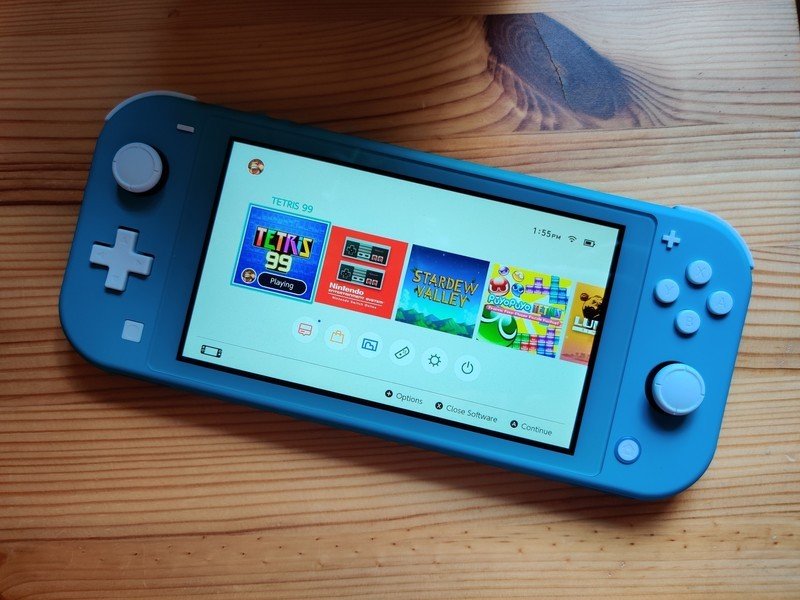
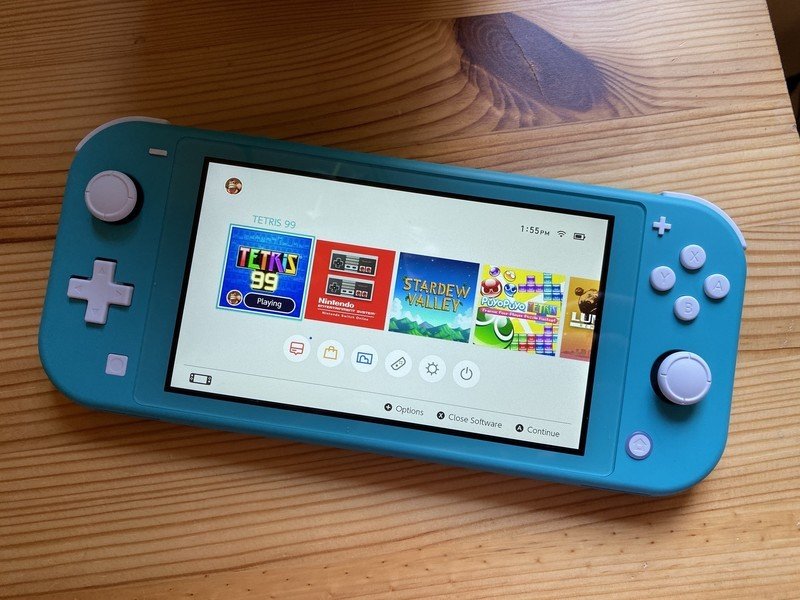
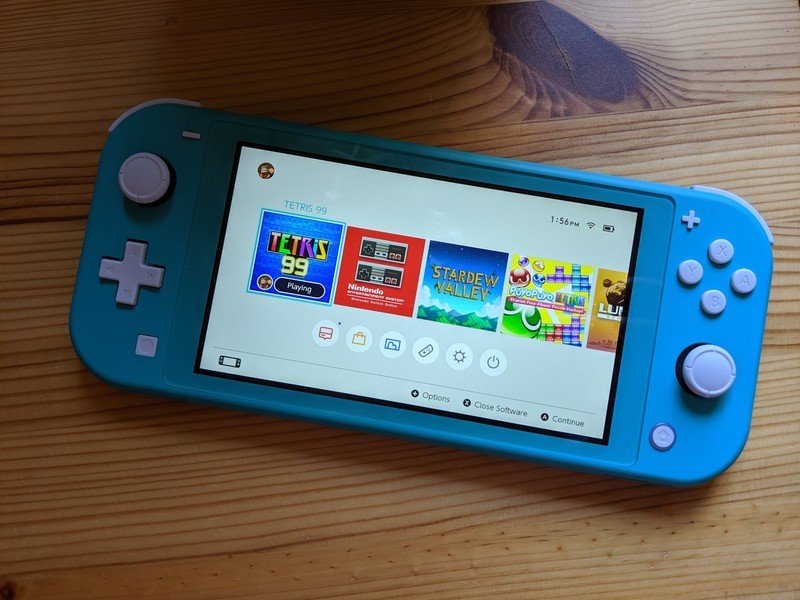
This indoor shot shows how blue the OnePlus7T sometimes exposes scenes, and there's far less detail in the shadows than either of the other phones. The iPhone 11 Pro is the more realistic depiction by a wide margin, though the Pixel 3 retains the most detail of all three.


The OnePlus 7T (left) does better than previous OnePlus phones at isolating the foreground subject in portrait photos, but it's still not as good as the iPhone 11 Pro (right), which has better separation and more realistic color and white balance.


There's a lot to like about the OnePlus 7T's Nightscape mode (left), and I think it does a fantastic job lighting the scene without overdoing it compared to the iPhone 11 Pro (right). It maintains a ton of detail without losing the essence of the dark moodiness.
I took a lot of photos with the 7T and liked most of the ones I took with the main sensor, in all lighting conditions. There were a few times in bright environments where a foreground subject was too dark, exposed improperly due to the strength of the sun and sky behind it, but those were few and far between.
At other times, the lens had trouble focusing on a subject, but the speed of the shutter made sure that one of the many shots I took would come out just fine. Indoor shots also had trouble with white balance, settling on an unsettling bluish tint, but these are difficult scenarios for any phone camera.
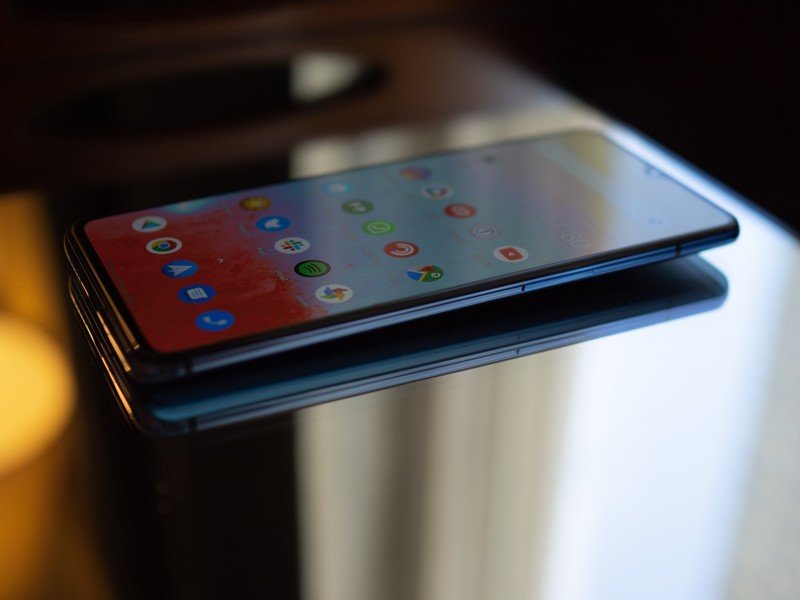
Moreso than the main camera, it's clear OnePlus spent a lot of time improving the quality and consistency of the shots coming out of the two other sensors on the 7T. The 2x telephoto lens lacks the OIS of its 7 Pro counterpart (which also has a longer 3x zoom), but given the types of photos I tend to take with that lens — landscapes, or in combination with the main camera for portrait photos — I'm not bothered by it.
I am disappointed OnePlus didn't keep to the 3x focal distance: mediocre though the quality may be, I find triple length more useful and interesting when framing a photo than when limited to 2x.
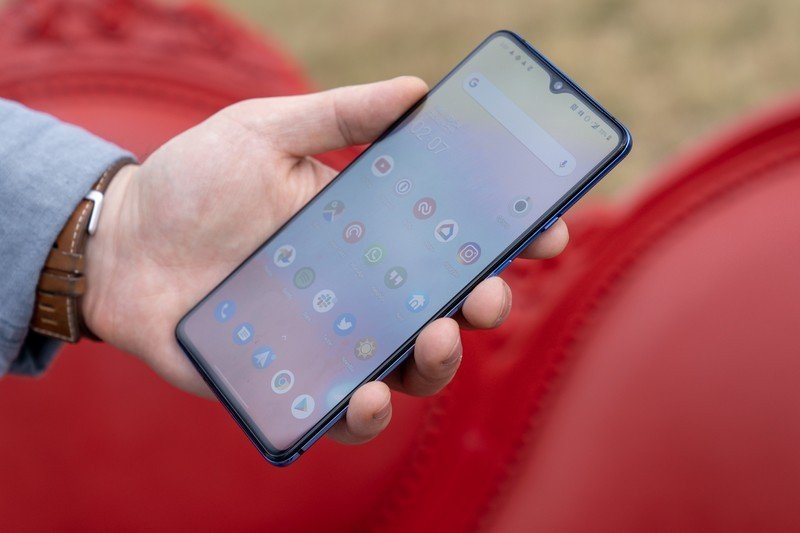
I'm also thankful the wide-angle lens has migrated to the 7T, since it's so damn fun to use. Yes, it distorts at the corners, and there's a crazy amount of chromatic aberration in those areas, but I can forgive it because switching between cameras in OnePlus's superlative camera app is pure joy.
Not only does it support video capture out of the box — a feature that only came to the 7 Pro earlier this month —but you can now use it with OnePlus's increasingly-competitive Nightscape mode, which tries to capture as much light as possible from a given scene.
Actually, video is something worth talking about here, mainly because OnePlus, like Samsung and LG, is increasingly taking it seriously. OnePlus has always managed decent stabilization from its electronic algorithms, but with the 7T it's officially debuting a Super Stable mode, which uses sensor data from both the wide-angle and regular cameras to offset hand motion and offer incredibly smooth results. It's limited to 1080p, and there's definitely a bit of judder when moving your hand quickly, but for smooth pans or bounce-free walking shots, Super Stable is a great option.

Saving the best for last, though: the 7T debuts OnePlus's new Super Macro mode, which also uses the wide-angle lens to get very close to a subject, with stunning, if distorted results. I loved this feature on the Huawei P30 Pro and I enjoy it here, too, though you can't get nearly as close as on Huawei's flagship. I got some lovely photos of a sunflower lit from the late summer evening sun, and I'm probably going to print it and put it on my wall. There's just something so evocative about easily being able to take a macro shot using the phone in your pocket.
The OnePlus 7T's photos are rarely better than the Pixel 3's or iPhone 11's, but they're close most of the time, and that's pretty impressive.
It's worth pointing out that the OnePlus 7T still makes some bad decisions, and doesn't have the treasure trove of computational data that Google and Apple work with to optimize scenes. When put side by side, I almost always prefer the Pixel or iPhone's shot — they're more vivid, and less blue-tinged, than OnePlus — but the quality gulf between it and the category leaders are not as stark as it once was. I'm happy — privileged even — to take photos on the OnePlus 7T because it's so versatile, and the software experience is so damn good.
OnePlus 7T Software
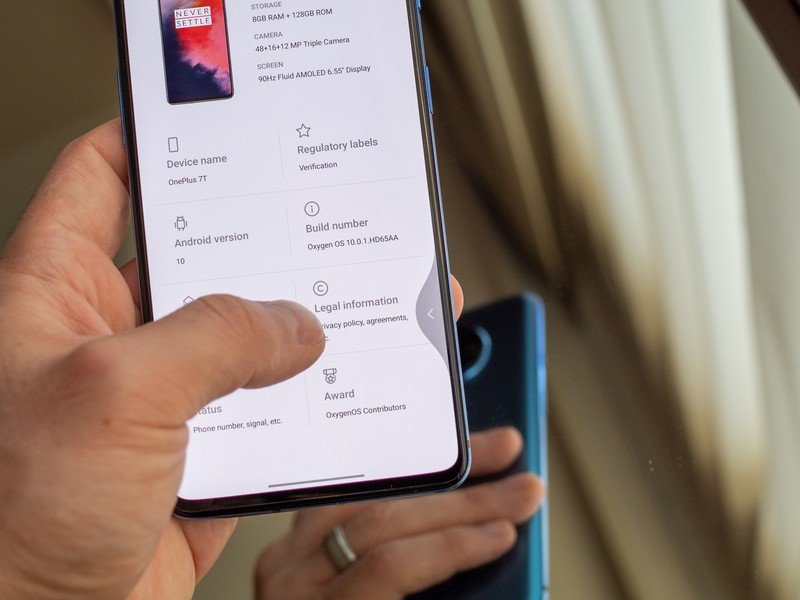
OxygenOS is a gift. A few years ago, I wouldn't have predicted this narrative arc, the one where OnePlus makes arguably better Android software than Google itself and releases stable builds of the thing only weeks later, but here we are.
OxygenOS 10, which comes pre-loaded on the OnePlus 7T, is a minor aesthetic bump over version 9, about as much as Android 10 improves visually over Android 9 Pie. There's dark mode, on which OnePlus builds a whole bunch of customizations, along with a version of Google's gesture navigation that, thanks to the 90Hz display, feels much more natural. (It's really no surprise Google is putting a 90Hz panel on the Pixel 4 — these gestures just fly on this phone.)
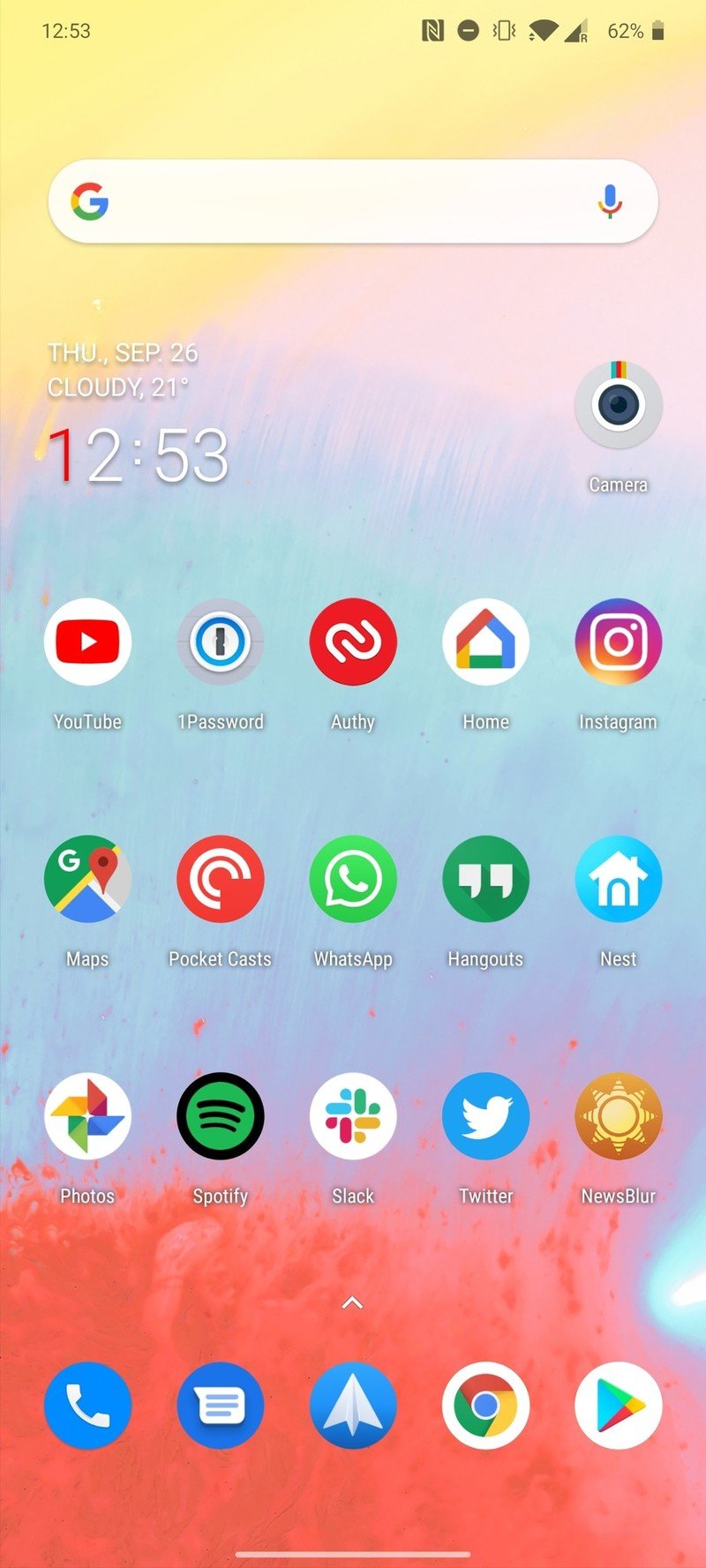
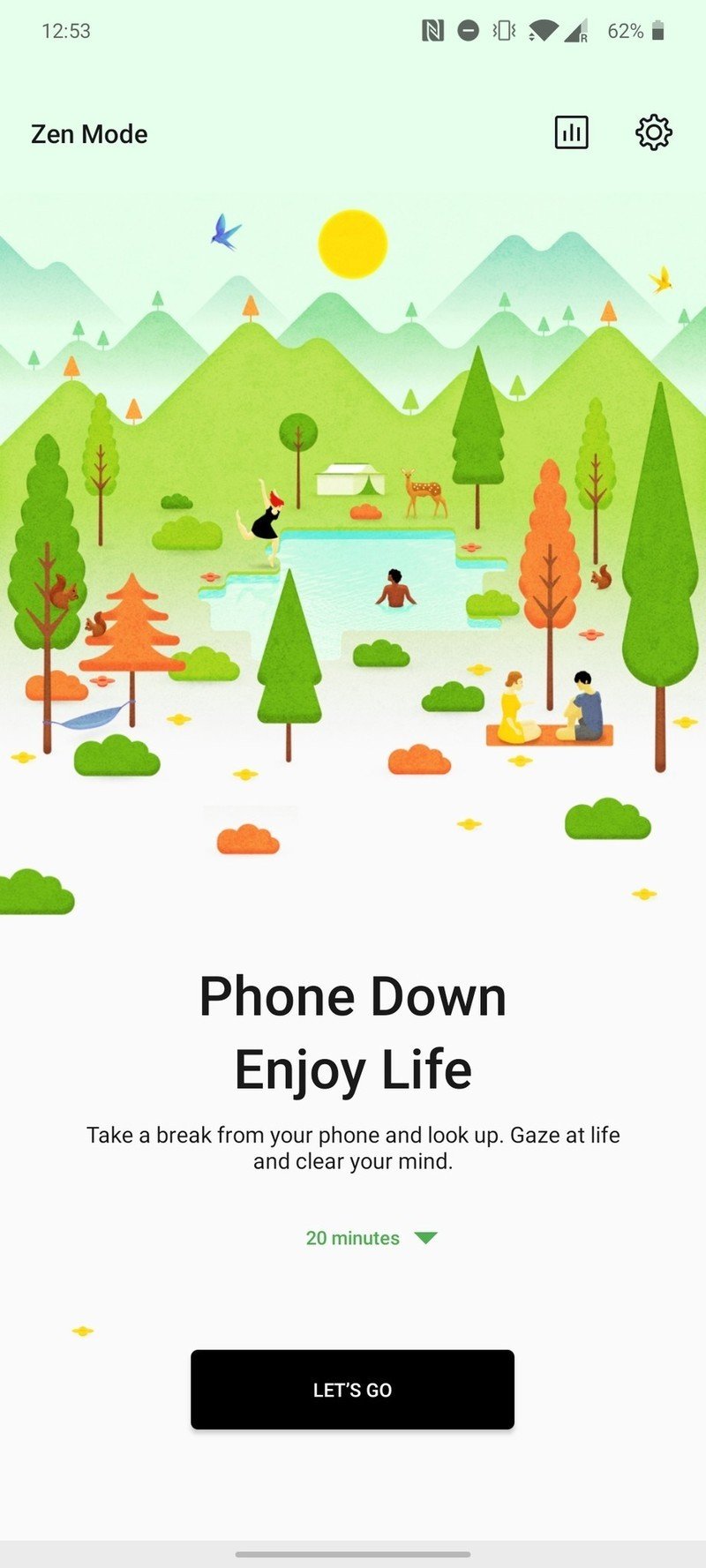
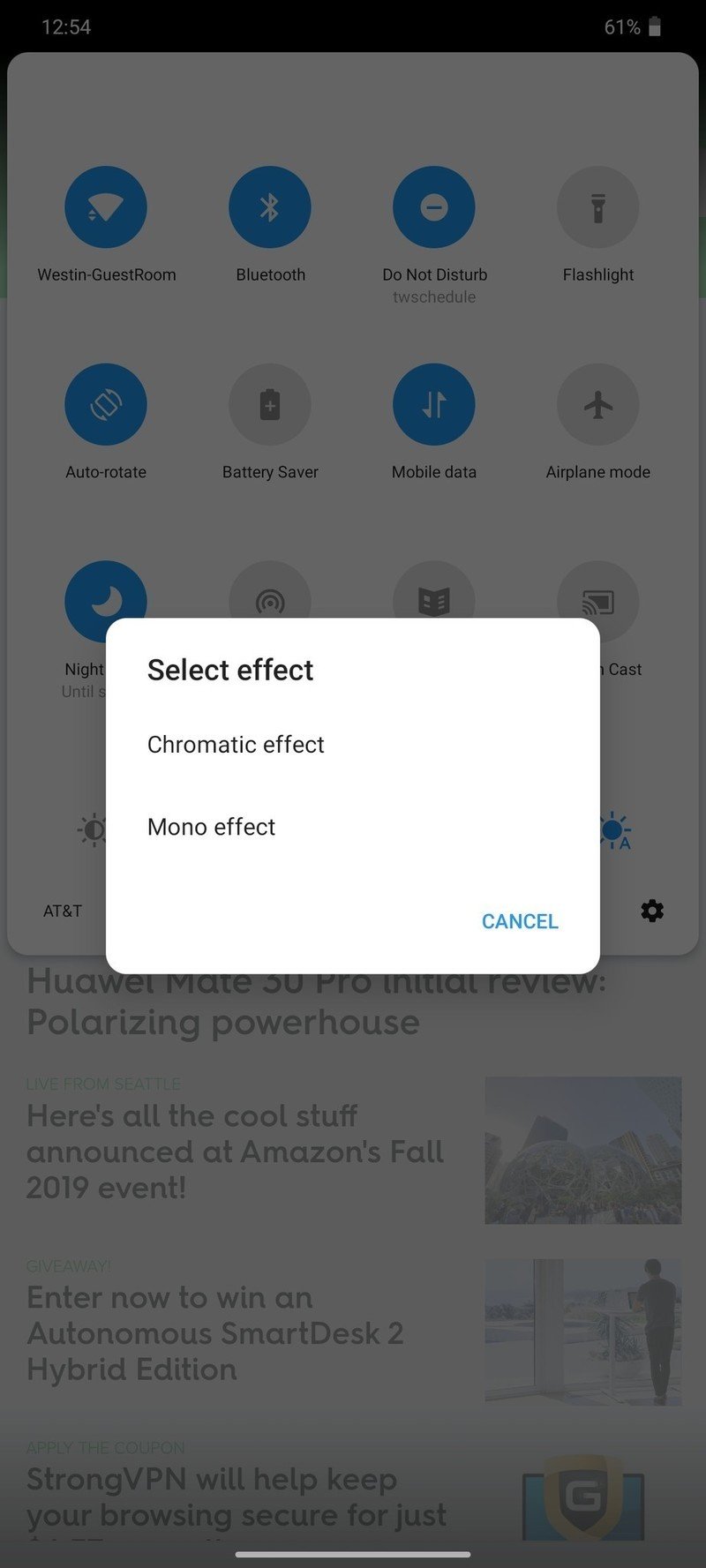
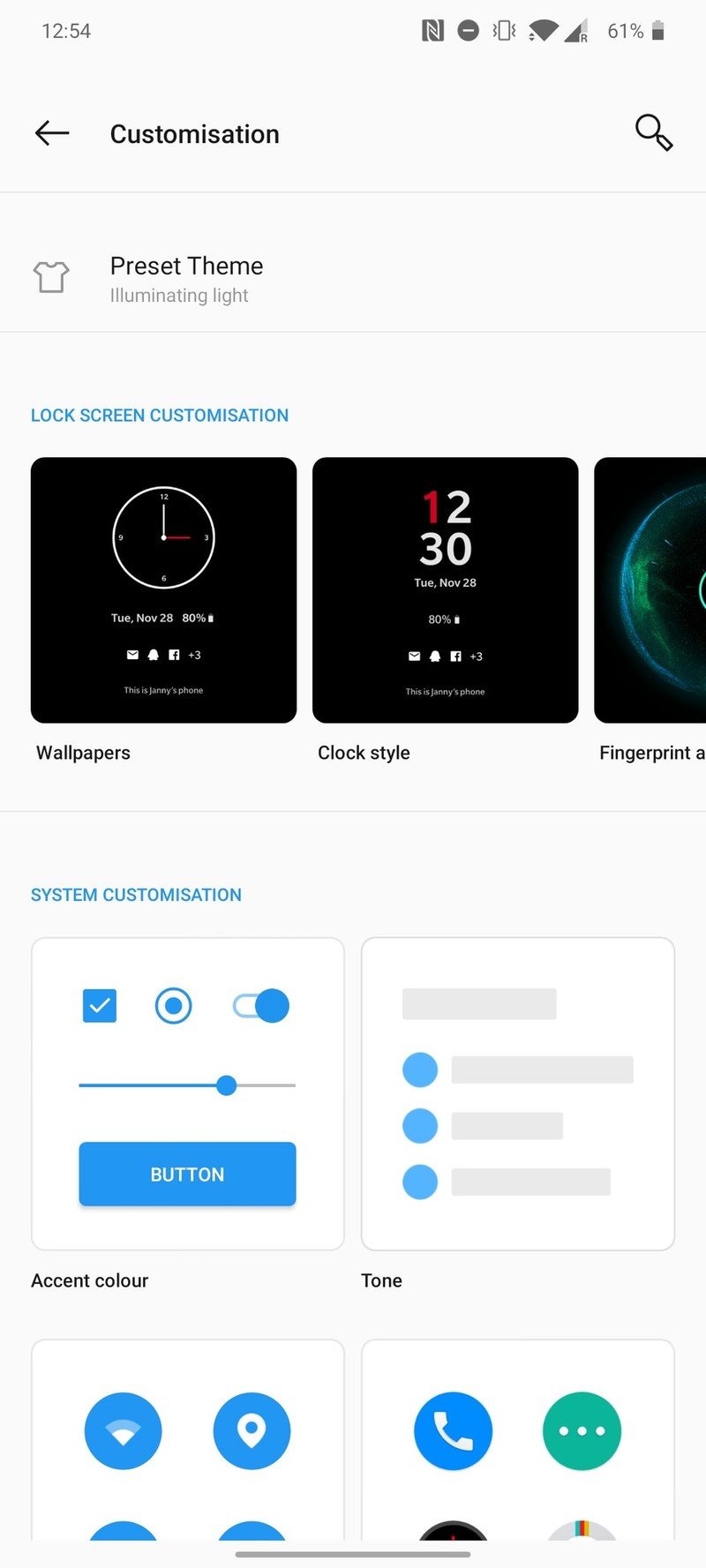
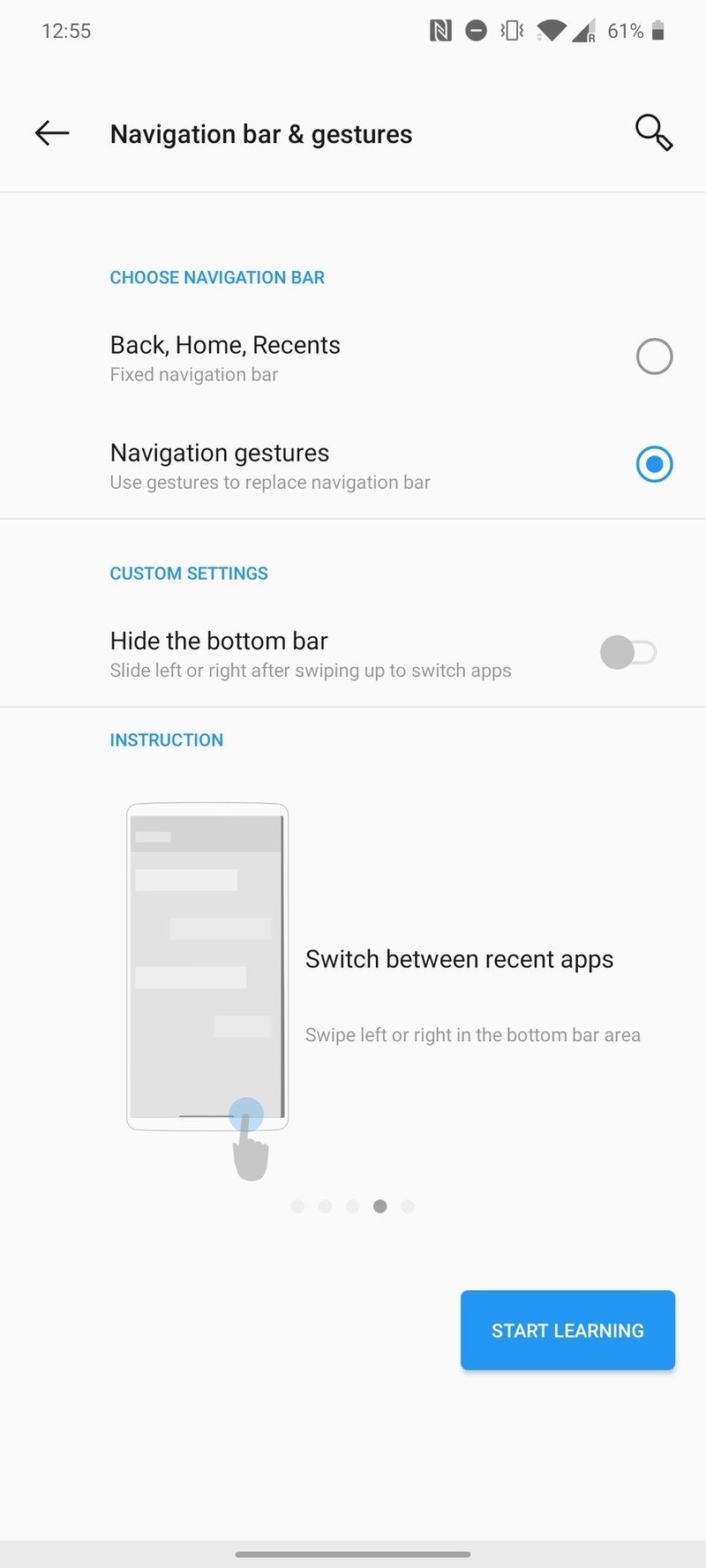
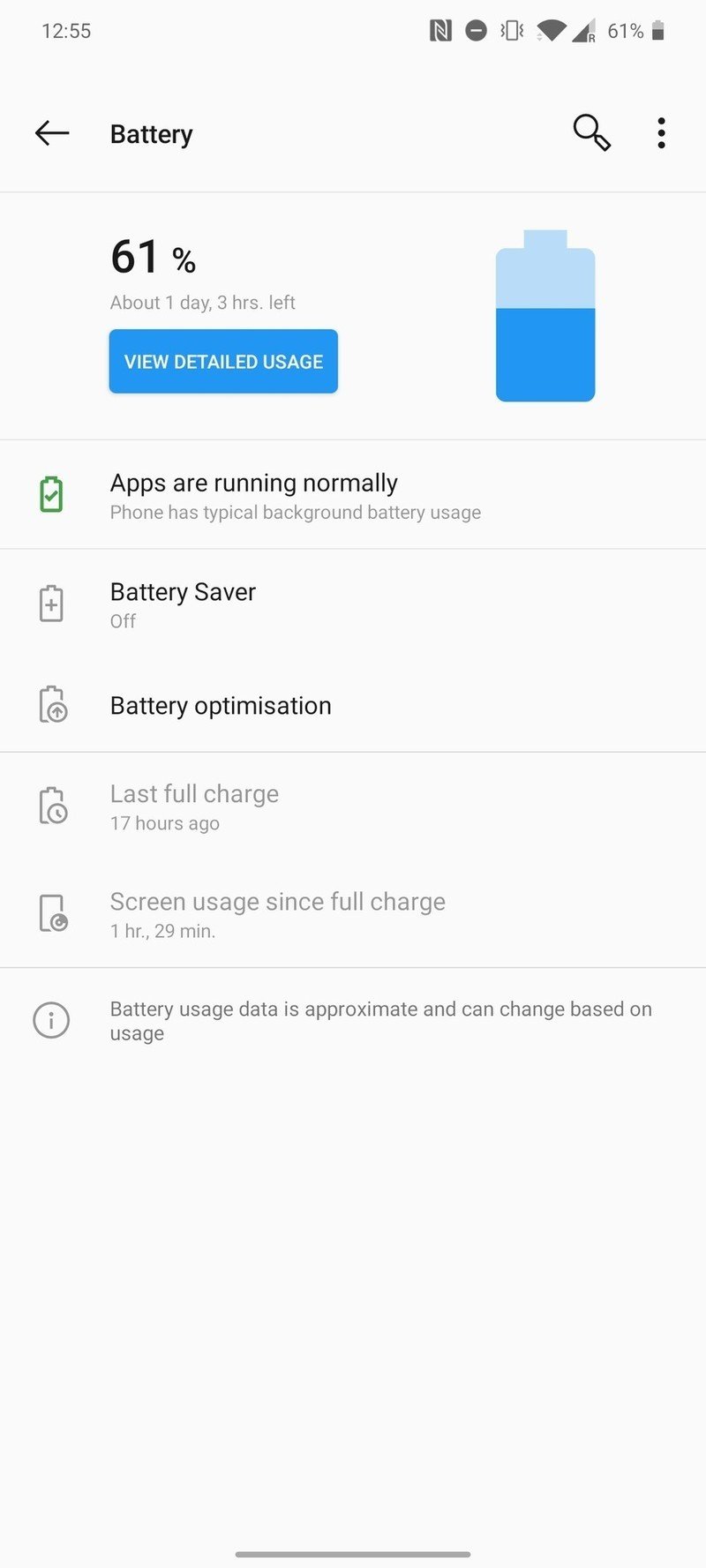
OnePlus says that it addressed a couple of irritants and added a couple of user-requested features in OxygenOS 10 but mainly kept things pretty sparse in order to hit the accelerated release timeline its users want. Namely, there's a new chromatic effect in Reading Mode, which mutes colors instead of removes them altogether, something I far prefer when scrolling through long articles.
OxygenOS is straight-up the best way to experience Android today.
There are also more options for Zen Mode, a feature that debuted on the 7 Pro earlier this year. Whereas you were previously limited to being phone-limited for just 20 minutes, now Zen Mode lets you lock yourself out for 20, 30, 40, or 60 minutes. And those periods, once selected, are non-reversible; you can still answer calls and make emergency ones, but there's no getting around the limitations, even with a software reboot. It's hard time for phone addiction implemented in a way that no other company wants to broach, and it's proven incredibly popular with OnePlus's loyal and fervent fan base.
Elsewhere, this is Android 10, which means increased security and better privacy, more robust notifications, and a bunch of minor visual tweaks here and there. I love Android 10; I love OxygenOS. I'm pleased as punch the 7T has both.
OnePlus 7T Battery life
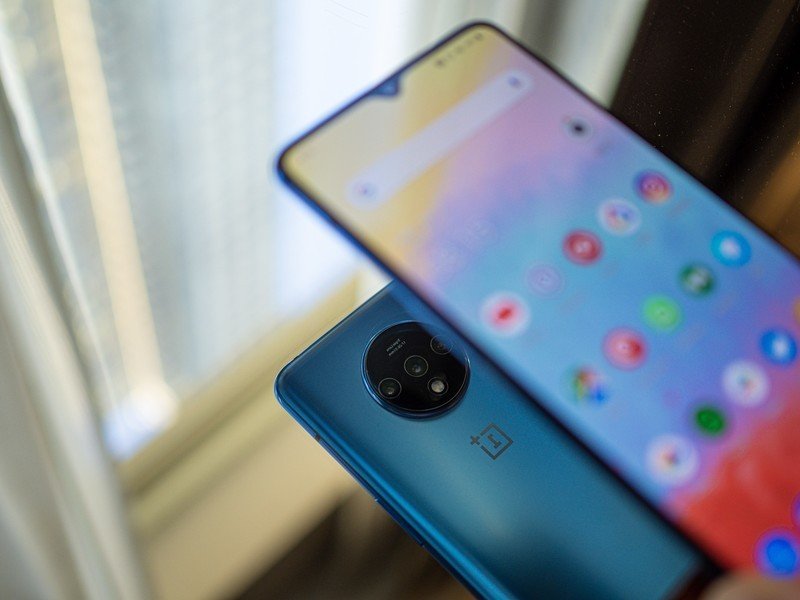
With a 3,800mAh battery and a super-efficient 7nm Snapdragon 855+, I didn't expect to have to worry about the 7T's battery life and on most days I didn't have to.
Most days, the 7T lasted from morning 'til night without needing a top-up, though a few days the mercury dropped to zero in the early evening, which may be a result of the pre-release software build I was running (I received an update a few days before publication and haven't experiened major battery problems since).
I still resent OnePlus for omitting wireless charging on its phone, and think it has to, at some point, add it in a future release. I sigh every time I set the 7T on a nearby wireless charger and see nothing light up. But there is some solace in the improvements to the company's Warp Charge tech, aptly here called Warp Charge 30T. Though it uses the same 5V/6A charging brick as the OnePlus 7 Pro, OnePlus says it's optimized the battery resistance, allowing for higher full-speed current for longer periods than the 7 Pro.
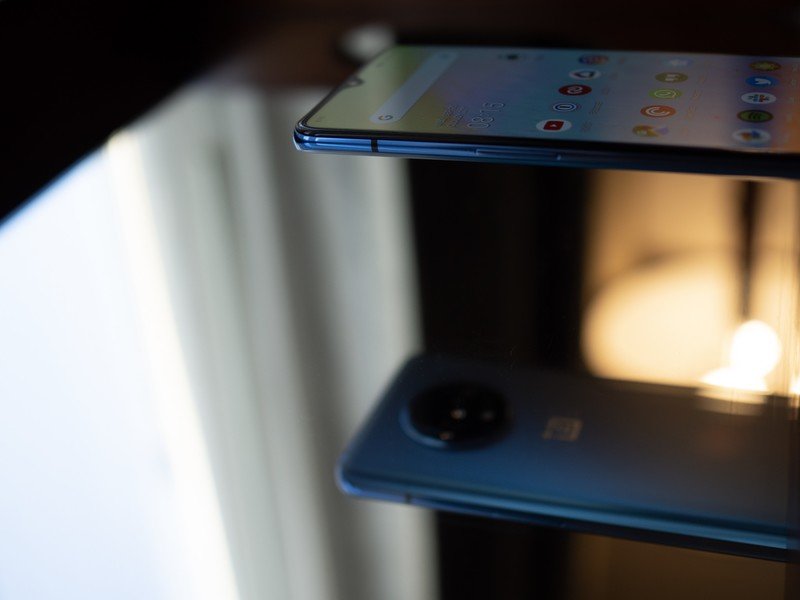
Specifically, OnePlus says that the 7T can maintain a 30-watt charge for 14 minutes, six minutes longer than the 7 Pro. That means the battery can go from dead to full in 60 minutes using the right cable and charging brick; the phone still supports regular USB-PD at 18W, which is quite a bit slower but much more universally available. Pick your poison, but either way, you're recharging pretty quickly.
I still hate that Warp Charge uses a USB-A to C cable, though, since it means I still have to carry a separate C to C cable with me for charging over Power Delivery.
OnePlus 7T One of the best phones released this year
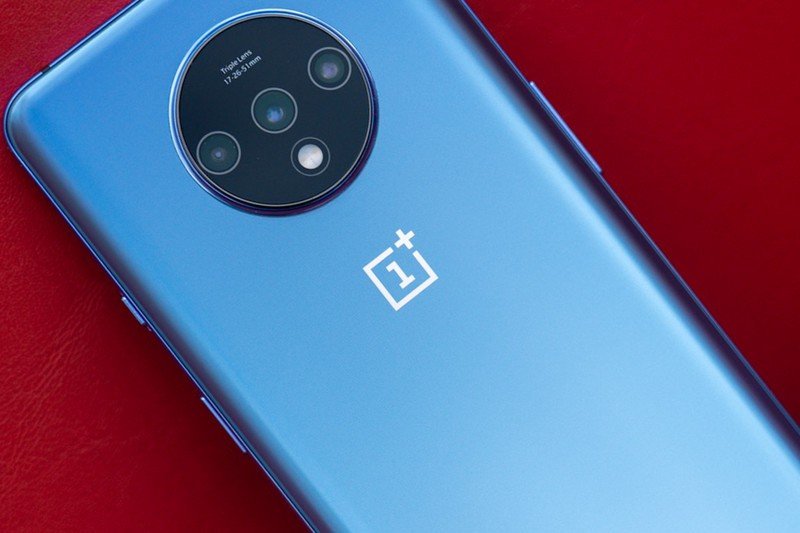
I haven't mentioned my favorite part of the phone: improved haptics. The 7T inherits the same great, precise haptics found in the 7 Pro, which eliminated my single major criticism of previous-year OnePlus releases. (Yes, I'm a haptics snob. Fight me.)
At $599, the OnePlus 7T is brilliant value. It's got everything you'd want in a flagship phone (though I know some people will be sore about its lack of a 12GB/256GB option) and thanks to its tall-and-thin stature, it's relatively usable in one hand. It's also beautifully designed, super smooth (with a flat screen!) and has one of the best displays in the business.
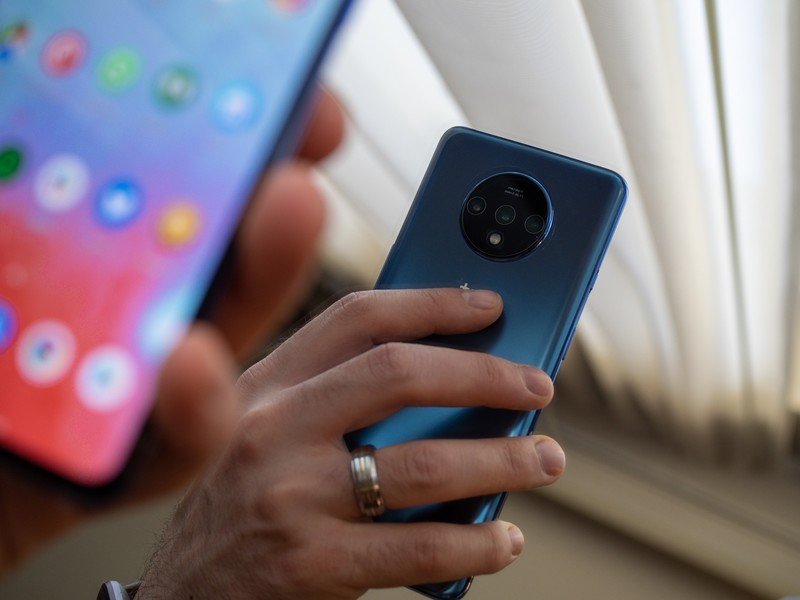
The camera isn't the best out there, but it's more than good enough for most people's needs, and the versatility more than makes up for any exposure or white balance issues (both of which can be fixed in post, if necessary). OnePlus has improved its portrait and night modes, added video capture on all three lenses along with a very useful macro mode, and tightened its camera app across the board.
In fact, it's tightened its software experience across the board. There's very little about this phone that screams budget, and yet it undercuts every flagship on the market by a significant margin. Its biggest competitor is maybe the Galaxy S10e or the iPhone 11, but it also stands very much on its own.
Available October 18 for $599 at OnePlus.com, it's also going to be sold exclusively at T-Mobile in the U.S., a decision that may disappoint some who expected Verizon to pick it up at some point (it's unclear right now whether it unofficially works with Verizon's network).
4.5 out of 5
As part of that bargain, you can expect among the best software update track record in the business, along with a vibrant community of modders, hackers, and supporters. I'm increasingly convinced that OnePlus is the Android manufacturer to beat going forward, and the OnePlus 7T proves that the company can and will repeat and compound its successes.
I'm hesitant to say the 7T is my favorite phone of 2019 so far, but there are few that I've enjoyed using more than this one.

The OnePlus 7T is one of the best phones you can buy this year
The OnePlus 7T continues the company's legacy of releasing affordable, high-end Android smartphones. This one has all of the impressive aspects of the 7 Pro but forgoes the curved-glass, bezel-less display for something more traditional, and more usable. Superlative software, a versatile camera system, and excellent performance make for one of the best phones of the year so far.
Daniel Bader was a former Android Central Editor-in-Chief and Executive Editor for iMore and Windows Central.
